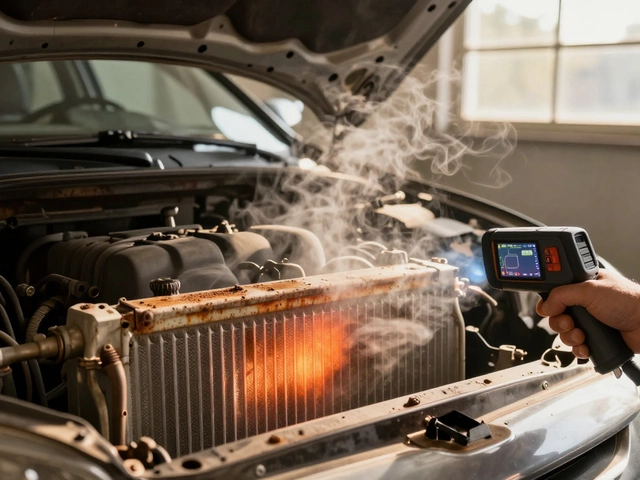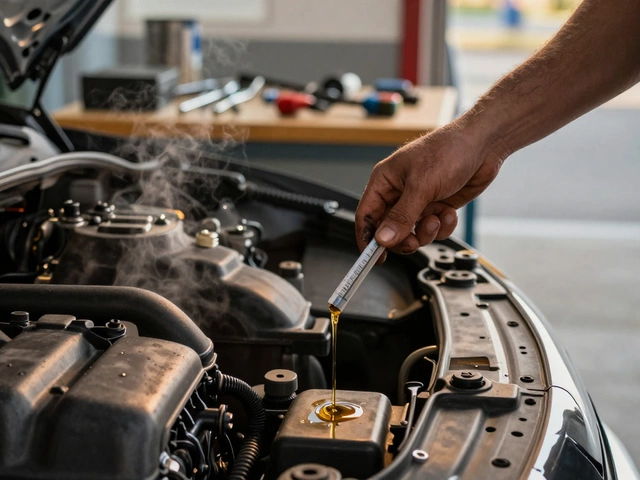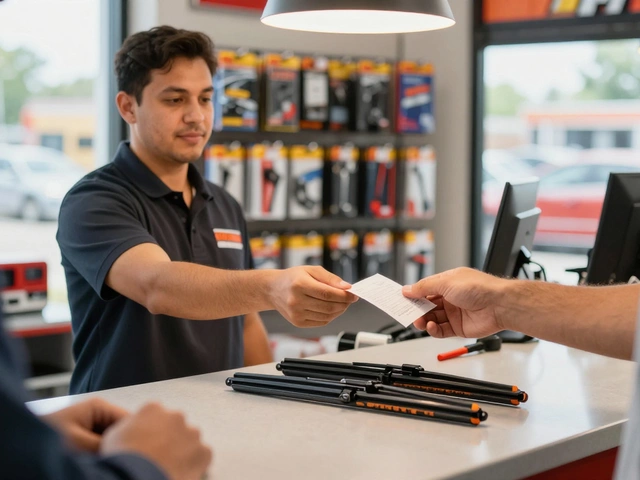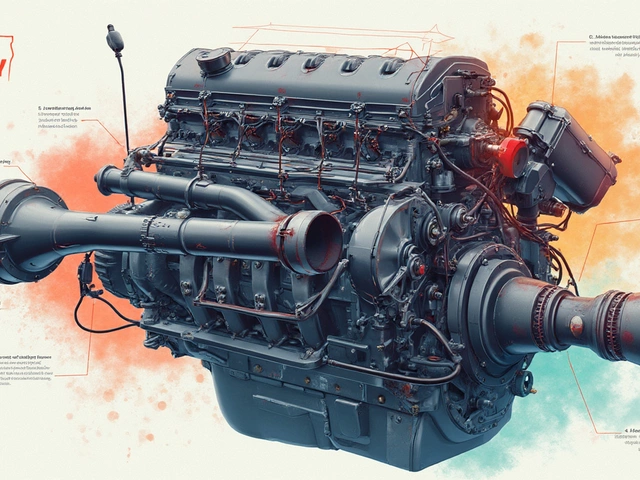Dependent Suspension: How It Works, Common Problems, and What to Replace
When you hear dependent suspension, a system where both wheels on an axle are connected and move together. Also known as solid axle suspension, it’s the reason your truck or SUV handles bumps with a steady, predictable feel. Unlike independent suspension, where each wheel moves alone, dependent suspension ties the left and right wheels together with a solid beam or axle. This design is simple, strong, and built to carry heavy loads—why you’ll still find it in trucks, SUVs, and even some budget sedans.
It’s not just about strength. shock absorbers, components that control how the suspension moves up and down. Also known as dampers, they work hand-in-hand with the axle to reduce bounce and keep tires on the road. When these wear out, your ride gets bouncy, steering gets shaky, and tires wear unevenly. That’s why suspension components, the full set of parts including springs, control arms, bushings, and sway bars. Also known as suspension system parts, they’re the backbone of how your car handles every bump and turn. In dependent systems, these parts take more stress because the whole axle shifts with every road irregularity. You’ll often see worn shocks, cracked leaf springs, or loose U-bolts in older vehicles with this setup.
Front suspension replacement in dependent systems usually means replacing the entire axle assembly, not just one side. That’s why it’s more expensive than fixing an independent setup. But it’s also more durable. If you drive on rough roads, haul heavy loads, or just want a car that doesn’t feel like it’s floating over potholes, dependent suspension delivers. It’s not fancy, but it’s reliable.
What you’ll find in the posts below are real fixes for common problems: how to tell if your shocks are gone, what parts actually need replacing during a front suspension overhaul, how much it costs to fix a worn-out axle, and whether upgrading to better springs or bushings makes a difference. No theory. No fluff. Just what works on the road, in the driveway, and in your wallet.
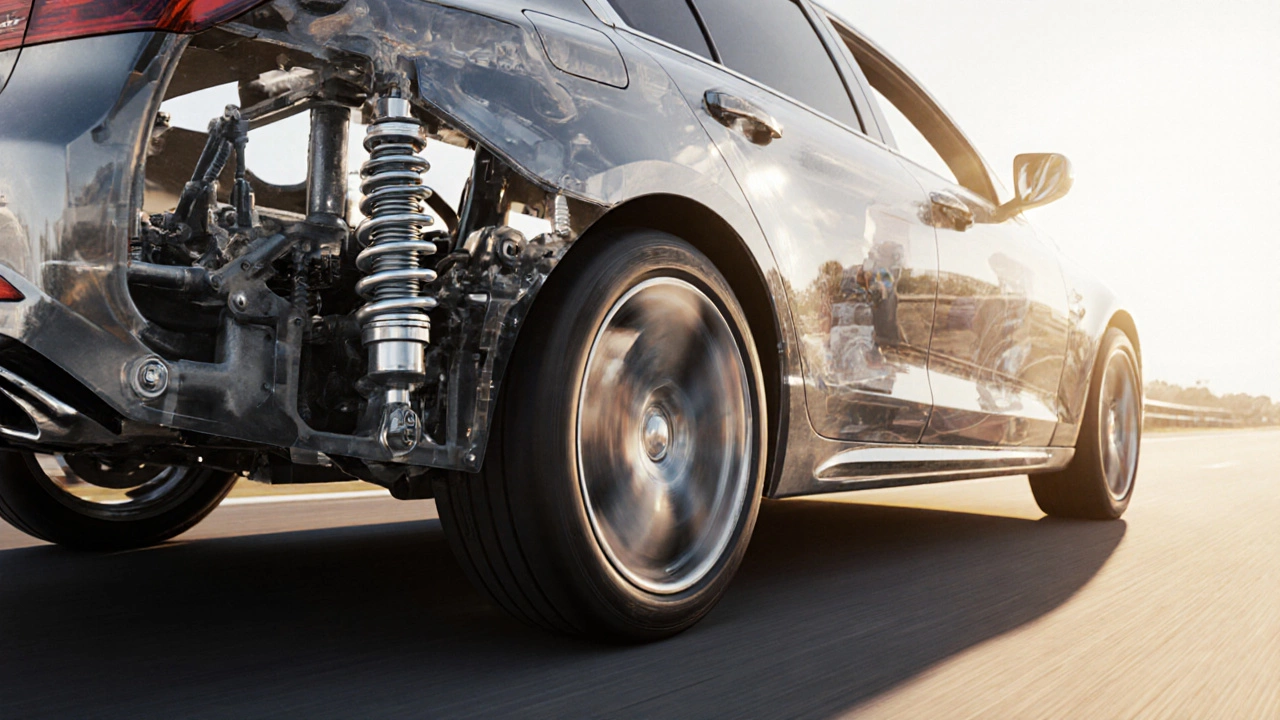
What are the 4 Types of Suspension? Explained with Real‑World Examples
Learn the four main suspension types-independent, dependent, semi‑independent and air-plus their pros, cons, common applications, and maintenance tips.
CONTINUE READING
